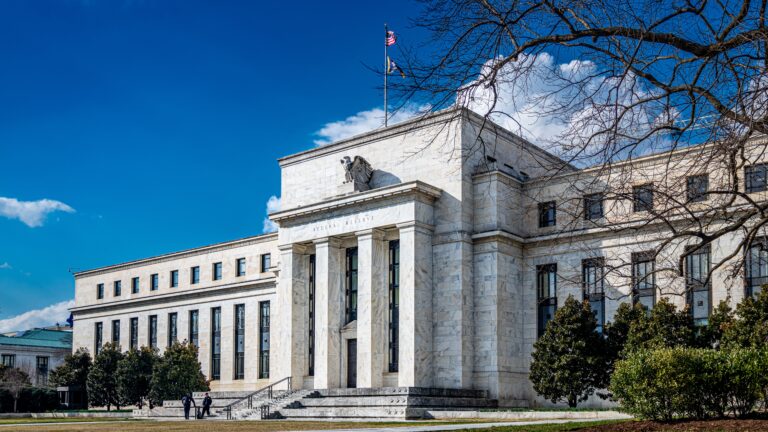
Anatomy of a Credit Crisis
In April 2007 increasing losses sustained by bonds with exposure to subprime mortgages became apparent. [See “The Subprime Flu,” April 2007] In the months that followed, this brought on a widespread credit contagion and took many investors by surprise. Among the hardest-hit areas was the short-term credit market that came to a screeching halt in mid-August and saw commercial paper yields soar to a six-year high.
The Chain of Events
There exists a long list of factors that led to the credit market crunch of 2007, including: easy money after years of low interest rates, record corporate profitability, rapid home price appreciation, relaxed mortgage underwriting standards, overextended and speculative home buyers, increased use of derivatives and leverage by investors, perhaps undeserving AAA credit ratings… The list goes on.
The table of Chronological Events provides a detailed account of the key events that led up to the stalemate in the short-term credit market. Our synopsis will focus on what we consider to be the catalysts that caused the credit contagion in the commercial paper (CP) market, an investment staple for institutional cash investors.
Since spring 2007, rising delinquencies and defaults in subprime, and later “Alt-A”, mortgages quickly led to large paper losses in bonds backed by such mortgage loans. Funds using borrowed money to invest in collateralized debt obligations (CDOs) that invested in repackaged subprime loans first began to show signs of stress. Bear Stearns’ failed efforts to salvage its two internal hedge funds last June only served to “re-price”, or bring down the prices, on securities held by the funds as well as by many others. A crisis of confidence soon developed as fund managers on several continents restricted customer withdrawals from “money market-like” investment funds after sustaining large marked-to-market losses in subprime-tainted asset-backed securities (ABS) and CDOs.
Meanwhile, more mortgage companies in the U.S. found themselves in trouble. On August 6, after failing to find investors, three CP issuers extended the maturities on their outstanding debt known as secured liquidity notes (SLNs), a special type of asset-backed commercial paper (ABCP) that held mortgage-related assets and have a feature to extend maturities. The act of extension, a rare event that has happened only once before, served as a stress signal to investors that some issuers might have liquidity problems rolling over their maturing CPs.
What happened next was a virtual seizure of the credit market where investors seemed to stop buying CP programs of all types regardless of credit quality, and instead sought the safety of U.S. Treasury securities. By August 21, the yield on 30-day ABCP with top tier (A-1/P-1) credit ratings shot up to 6.05%, or 0.75% higher than a month earlier. By contrast, the 3-month Treasury bill yield dropped 1.38% to 3.61%.
DOWNLOAD FULL REPORT
Our research is for personal, non-commercial use only. You may not copy, distribute or modify content contained on this Website without prior written authorization from Capital Advisors Group. By viewing this Website and/or downloading its content, you agree to the Terms of Use.
Please click here for disclosure information: Our research is for personal, non-commercial use only. You may not copy, distribute or modify content contained on this Website without prior written authorization from Capital Advisors Group. By viewing this Website and/or downloading its content, you agree to the Terms of Use & Privacy Policy.

